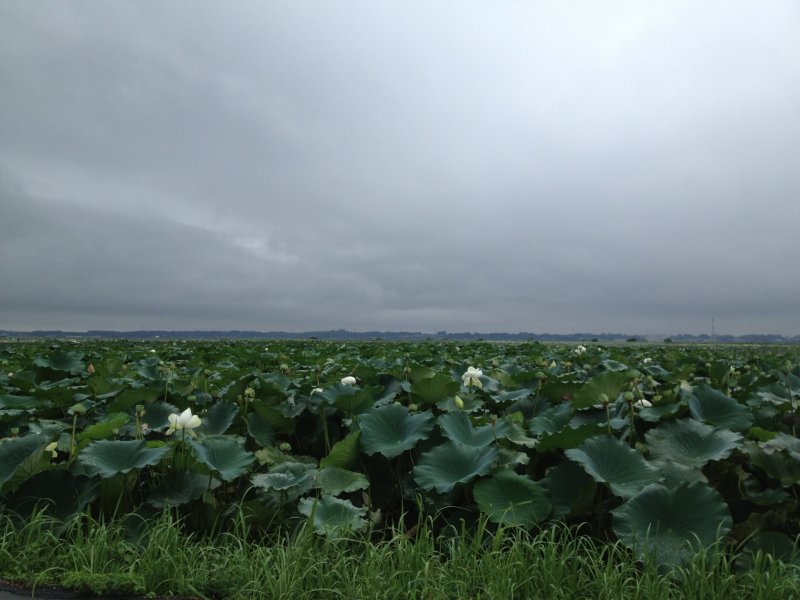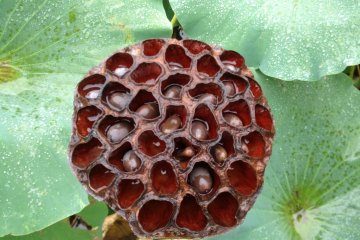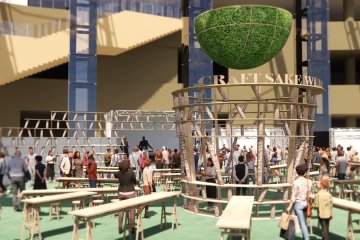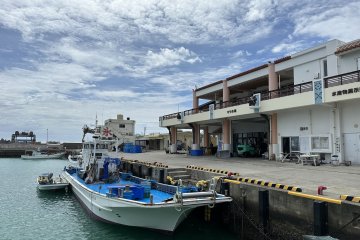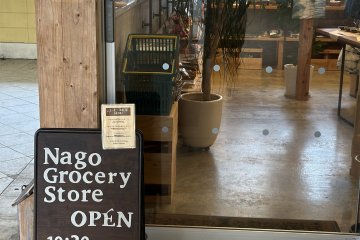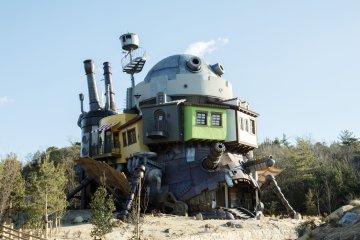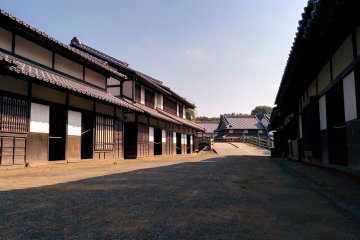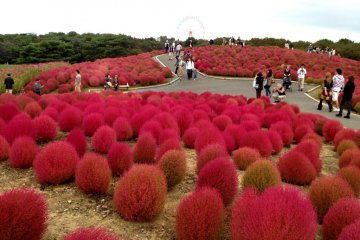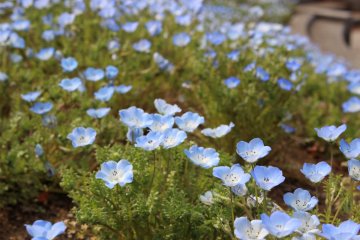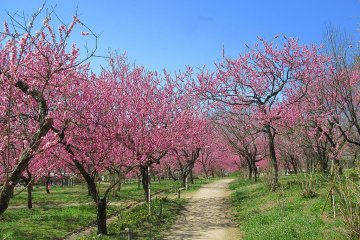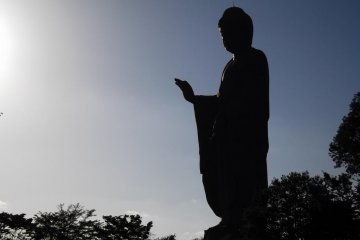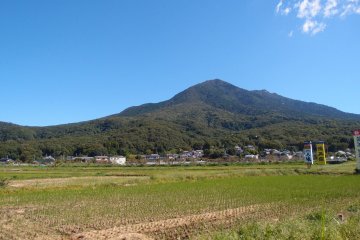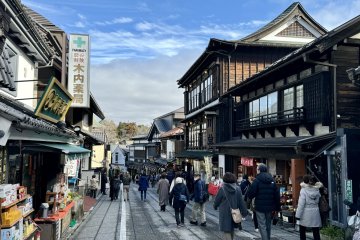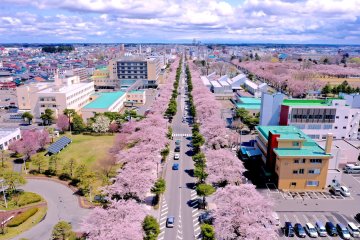A very nice day trip from Tokyo is to head out to Tsuchiura City, which is in Ibaraki Prefecture, about 50 km northeast of Tokyo. It is located near Lake Kasumigaura, which is Japan's second largest lake, after Lake Biwa (Biwako in Japanese); see my articles on three days in Kyoto to read more about Lake Biwa and the onsen (hot springs) there.
The lake is over 220 square kilometers in total area covered and has a total shoreline of about 252 kilometers (roughly 150 miles). Originally Lake Kasumigaura was a brackish lagoon, but it was enlarged to present day size when a water gate was constructed at the confluence of the Hitachi and Tone rivers. This decreased the salinity of the lake and it is now a fresh water lake that is very popular with both sport and commercial fishermen, who can catch catfish and large mouth bass, and is well used for various water sports. Commercial fishing is still practiced with the catches including carp and freshwater smelt, known as wakasagi in Japanese.
There are bicycle paths on the lake or you can drive around the lake. The surprise here is to see field after field (actually pond after pond) of lotus plants. This area is one of the two largest lotus root producing areas in Japan. July is the best month to visit when the plants are all blooming and the ponds are covered in the lovely lotus blossoms, but they are interesting to see even in late summer or early autumn.
You may have eaten lotus root; in fact you most certainly if you've been to a Chinese restaurant. It's round with several holes and usually quite crunchy. You've also probably seen the flower pods which are often dried and used in floral arrangements.
Lake Kasumigaura is also known for the hobikibune. These are the sailed fishing boats that have been used for centuries. There is an old one in the small museum, which is housed in a castle structure, on the east shore of the lake. It's worth 45 minutes of your time to tour this museum and the price is right, only 210 yen. The sail is very large when compared to the boat, which is only a few meters long and not much more than a meter wide. The fishing nets are attached to lines that run from the boat. As the wind blows the boat along the net scoops in the fish.

